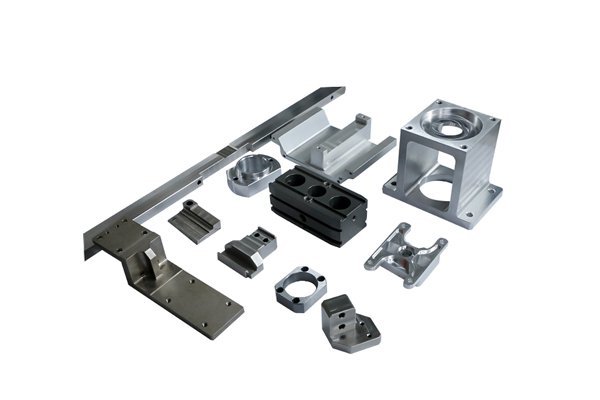Opening:
Did you know that nearly 53% of companies in the manufacturing sector have experienced three or more significant supply chain disruptions in the past five years? In today’s globalized economy, where every detail, from raw materials to manufacturing processes, interconnects, ensuring stability in your supply chain is more critical than ever. This rings particularly true for aluminum CNC machining, an essential process in various industries, including aerospace, automotive, and consumer goods.
As companies rely heavily on CNC (Computer Numerical Control) machining for precision engineering, managing the risks associated with their supply chains can mean the difference between thriving and merely surviving in a competitive market. So, how can businesses effectively implement supply chain risk management for aluminum CNC machining projects? Let’s explore the best strategies, tools, and practices to safeguard your operations.
—
Understanding Supply Chain Risk in CNC Machining
Before we dive into the solutions, it’s essential to recognize what constitutes supply chain risk within the context of aluminum CNC machining. Some common risk factors include:
Understanding these risks allows businesses to formulate a comprehensive risk management strategy.
—
Key Steps to Implement Effective Supply Chain Risk Management
The foundation of a solid risk management strategy begins with a thorough assessment. Identify potential risks at each stage of the supply chain—before, during, and after aluminum CNC machining. Utilize tools such as SWOT analysis (Strengths, Weaknesses, Opportunities, Threats) to categorize and prioritize these risks. Engage stakeholders from procurement, production, and logistics departments to gain deeper insights.
Regularly assess the reliability of your current suppliers:
Building collaborative relationships with suppliers can enhance communication and early detection of potential issues:

Today’s manufacturing is shifting towards smart factories characterized by the Internet of Things (IoT) and data analytics. Incorporating these technologies can drastically improve supply chain resilience:
After identifying risks, develop an actionable risk mitigation plan. This plan should include:
Risk management is not a one-time process but requires ongoing attention:
Ensure that all stakeholders—employees, suppliers, and management—are aware of the supply chain risks and the strategies in place to mitigate them. Investment in training can empower your team to respond effectively to challenges.
—
Supply chain risk management for aluminum CNC machining is an intricate yet essential component of maintaining operational resilience and market competitiveness. By systematically identifying risks, fostering strong supplier relationships, leveraging advanced technologies, and continuously monitoring performance, businesses can better navigate the complexities of the supply chain landscape.
Investing time and resources into robust risk management strategies not only safeguards against potential disruptions but also builds a foundation for long-term success. As the manufacturing industry continues to evolve, remaining vigilant and proactive about supply chain risks will be key to thriving in an increasingly competitive global environment.
In summary, as you contemplate your approach to CNC machining projects, let supply chain risk management be a significant focus. By understanding and mitigating risks, you position your company not just to survive but to excel amidst uncertainty.
—






